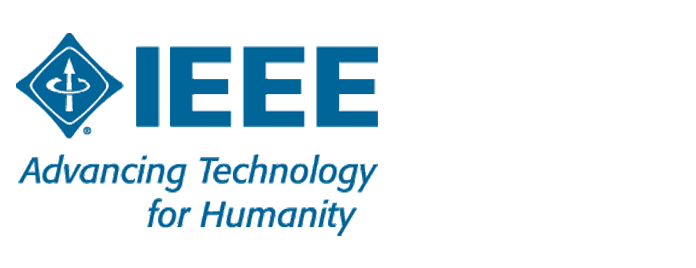GIS (geospatial) / BIM interoperability
This document investigates barriers and proposes measures to improve interoperability between geospatial and BIM domains, namely, to align GIS standards developed by ISO/TC 211 and BIM standards developed by ISO/TC 59/SC 13. Where relevant this document takes into account work and documents from other organizations and committees, such as buildingSMART, International (bSI), Open Geospatial Consortium (OGC) and Comité Européen de Normalisation (CEN). The focus is to identify future topics for standardization and possible revision needs of existing standards. This document investigates conceptual and technological barriers between GIS and BIM domains at the data, service and process levels, as defined by ISO 11354 (all parts).

ISO/TR 23262:2021
https://www.iso.org/standard/75105.html

